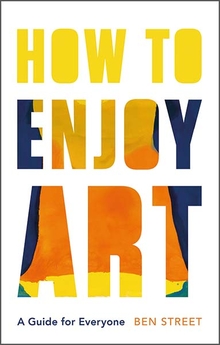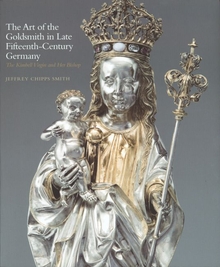Classical Art and the Cultures of Greece and Rome
WARNING
You are viewing an older version of the Yalebooks website. Please visit out new website with more updated information and a better user experience: https://www.yalebooks.com

Read this book online via the A&AePortal, our art and architectural history eBook platform. To learn more about how to access this book, please contact us.
The book begins by explaining how the early Greeks—exposed to a rocky landscape, dependent on craft activities, and involved in warfare—saw themselves as made of stone and metal and represented themselves in statues of marble and bronze. Later, in the Hellenistic period, as the awareness of the individual’s power increased, so did the sense of physical and emotional weakness, while, with the rise of Rome, art came to be seen less as representation and more as sign, to be experienced less as a lever on the feelings and more as an aid to memory. By the end of the Roman Empire, Onians contends, inhabitants acquired an unprecedented sense of unstable inner life that enabled them to represent themselves not as solid sculptures but as thin marble slabs, their surfaces animated by veins suggestive of hidden spiritual vitality.
“Weaving together the strands of history, philosophy, literature and finally art, Dr. Onians composes a remarkably neat tapestry of ancient culture. . . . This is an important book. Dr. Onians’ is a major voice in the field of Classical art history. . . . A wide-ranging and intelligent survey of classical culture and show the way for future discussion of ancient art.”—Ross Kennedy, Art Newspaper
“Onians has written an original, comprehensive analysis of the development of Greek and Roman artistic culture.”—Richard Brilliant, Burlington Magazine
"An extremely useful and insightful study. . . . Highly recommended for its exceptionally clear and revealing writing."—Choice
"An intellectual and imaginative tour de force in which we are asked to see the art and architecture of ancient Greece as the visible outcrops of a culture that was militaristic to its fingertips."—James Hall, The Independent
"Anyone who tries to distill the essence of ancient Greek and Roman culture in a single volume of less than 300 pages requires an uncommon breadth of erudition, a talent for avoiding distracting detail and an audacity that borders on arrogance. John Onians seems admirably equipped for the task on all counts. . . . From a rich array of objects, supplemented by well-chosen literary texts, [Onians] constructs a panorama of the classical world from archaic Greece to late antiquity. . . . This is heady stuff, stimulating."—Glen W. Bowersock, Wall Street Journal
"Onians' study offers a new explanation as to why Greek and Roman art (2500 BCE-600 CE) changed stylistically. . . . A fresh and innovative approach."—Heidi J. Hornik, Religious Studies Review
Publication Date: August 25, 1999










